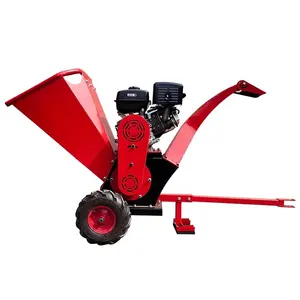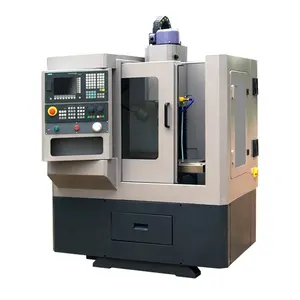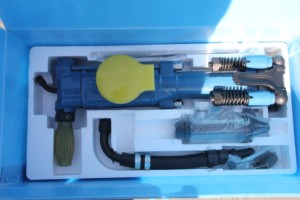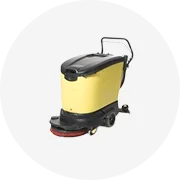Sektörünüzde popüler


















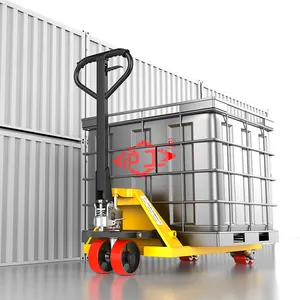









































































































































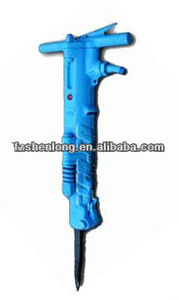




























































En iyi kategoriler
j s jack hakkında
Geniş bir müşteri odaklı portföyüne göz atın. Alibaba.com'da en son ve en iyi özellikleri sunan j s jack. Tekstil endüstrisi, sürekli gelişen teknoloji nedeniyle büyük bir rekabet yaşadı. j s jack bugün çok popüler hale geldi. Üst düzey bulun. j s jack dış giyim, iç giyim, gündelik giyim, spor giyim, şekillendirici giysiler ve çok daha fazlasını oluşturmak için uygun dikişsiz tasarımlar ve formülasyon ile.
The. Alibaba.com'da j s jack plotter yazıcılar, kumaş inceleme, tela yapıştırma makinesi, nakış, dikiş makinesi, iplik kesici, koli etiketi yazıcıları ve ısıyla yapışan birleştiriciler gibi seçenekler sunar. Yüksek kalite ile. j s jack enerji açısından verimli ve hızlı hareket eden motor sistemleriyle, istediğiniz günlük çıktıyı verimli ve hızlı bir şekilde elde edebilirsiniz. Hemen hemen her tür ve boyut vardır. j s jack, çoğu yüksek hacimli, tek seferlik ve kısa tirajlı işler.
Birden çok bulun. Yüksek etkili beslemeler, geniş aralıklı göstergeler ve değişen vücut çaplarıyla elektronik olarak kontrol edilen j s jack seçenekler. Bunlar. j s jack dayanıklıdır ve farklı performanslı kumaşlar ve uyumlu malzemeler kullanarak farklı renk giysiler oluşturmaya olanak tanır. . j s jack, üretiminizi artırmak ve karınızı artırmak için dünyanın en çok satan üreticilerinin sunduğu üstün ve benzersiz bir şekilde hazırlanmış çözümlerdir.
Alibaba.com'a göz atın dünyanın en kapsamlı listesinden satın almak ve keşfetmek için. j s jack, hem perakendeciler hem de toptancılar için mükemmeldir. Planlı satın alma işleminizin size ne kadara mal olacağına dair bir ipucu edinmek için birden fazla ürünü inceleyin, böylece doğru bir şekilde bütçe yapabilirsiniz. Bütçeniz dahilinde en kaliteli ve güvenilir ürünleri almak için fırsatları ve indirimleri karşılaştırın.

